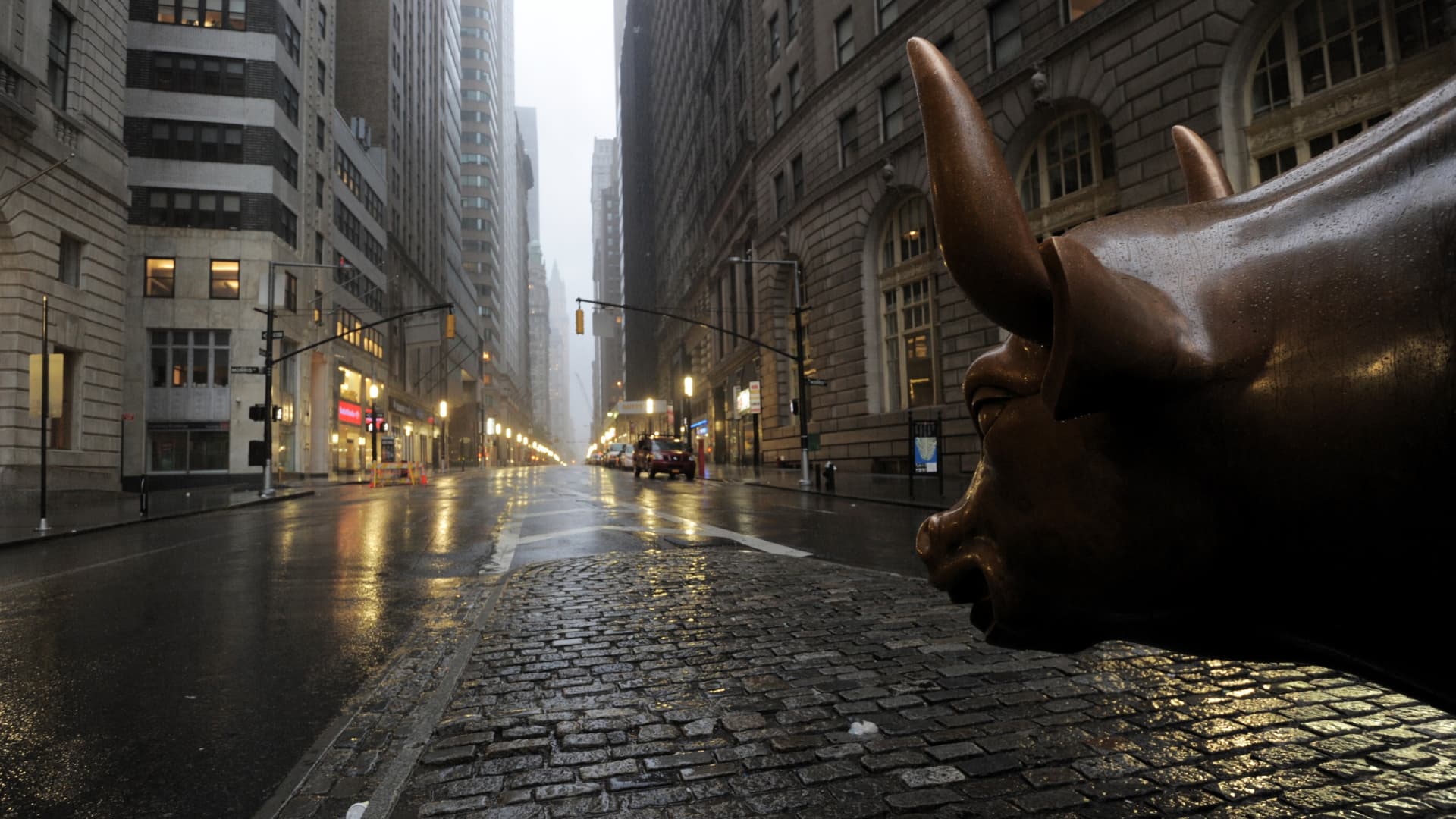
After several years of big swings in the market and the U.S. economy, investors may want to buckle down and focus on individual stocks rather than make bold predictions about 2024. A resilient economy in 2023 proved widespread projections of an imminent recession wrong, and the economic consensus is murkier heading into the new year. Most economists and Wall Street pros see growth slowing, but whether that becomes a recession or a soft landing is still a key point of contention. The equity outlook is also split heading into 2024, according to CNBC’s Market Strategist Survey , with projections for the S & P 500 in 12 months ranging from 4,200 to 5,200. But those macro projections may best serve as background noise. Tony DeSpirito, global chief investment officer for fundamental equities at BlackRock, said at an outlook event in December that whether or not the economy tips into a recession shouldn’t be of huge concern to investors. “In a slow growth to recessionary environment, quality historically has absolutely [performed well]. It’s only when you’re in the middle of that recession, or coming out of the recession, that’s when lower quality — for lack of a better word — does really well,” DeSpirito said. That scenario of an economy exiting a recession seems far away as the calendar turns to 2024 with the U.S. labor market still growing. “I think you really need to be aware of those two time periods, and which of those two that you’re in,” DeSpirito added. BlackRock’s call for the new year is for investors to lean into a more active stock picking approach that can use bottom-up analysis to find those high quality stocks instead of trying to nail an economic prediction. The exact definition of a “quality” stock can be different from one portfolio manager to another, and in different market cycles. But typically, the term refers to companies with strong cash flow, relatively low debt levels and a predictable revenue path in the years ahead. That same approach is echoed by some more pessimistic investment pros such as Cayla Seder, a macro multi asset strategist at State Street. Seder sees upside risks to inflation and a looming wave of debt refinancing as a warning sign for the economy in 2024, but is also leaning toward quality names with a focus on strong balance sheets. “To get a soft landing so many things have to go right, so we are really looking for certain qualities — predominately large cap quality — that really offers protection in an environment where there still is going to be more pressure from monetary policy than markets are certainly implying,” Seder told CNBC. And quality stocks showed in 2023 that they can have solid performance even if growth is what leads the market. The iShares MSCI USA Quality Factor ETF (QUAL) has a total return of more than 30% over the past 12 months, while the Pacer US Cash Cows 100 ETF (COWZ) is up about 15%. Those funds are rules-based products that can see performance impacted by the timing of their rebalances, but they include many stocks favored by active managers who focus on quality. QUAL YTD mountain The iShares Quality Factor ETF (QUAL) has returned about 30% in 2023. Another benefit of this focus on quality stocks is that it avoids some issues associated with market timing. Even in up years like 2023, the bulk of the market’s gains tend to be concentrated in just a handful of trading days . That means that picking the right time to get in and out of stocks is tricky, even for investors who can correctly guess the direction of the economy. Shifting to high quality stocks can give investors a measure of defense in their portfolio without piling into cash. “We want to be invested in the market. We don’t think it makes sense to try to time the market, or try to time the recession. We do lean toward quality — so we do think as things slow down, you want to somewhat defensively positioned,” said George Mateyo, chief investment officer of Key Private Bank.
